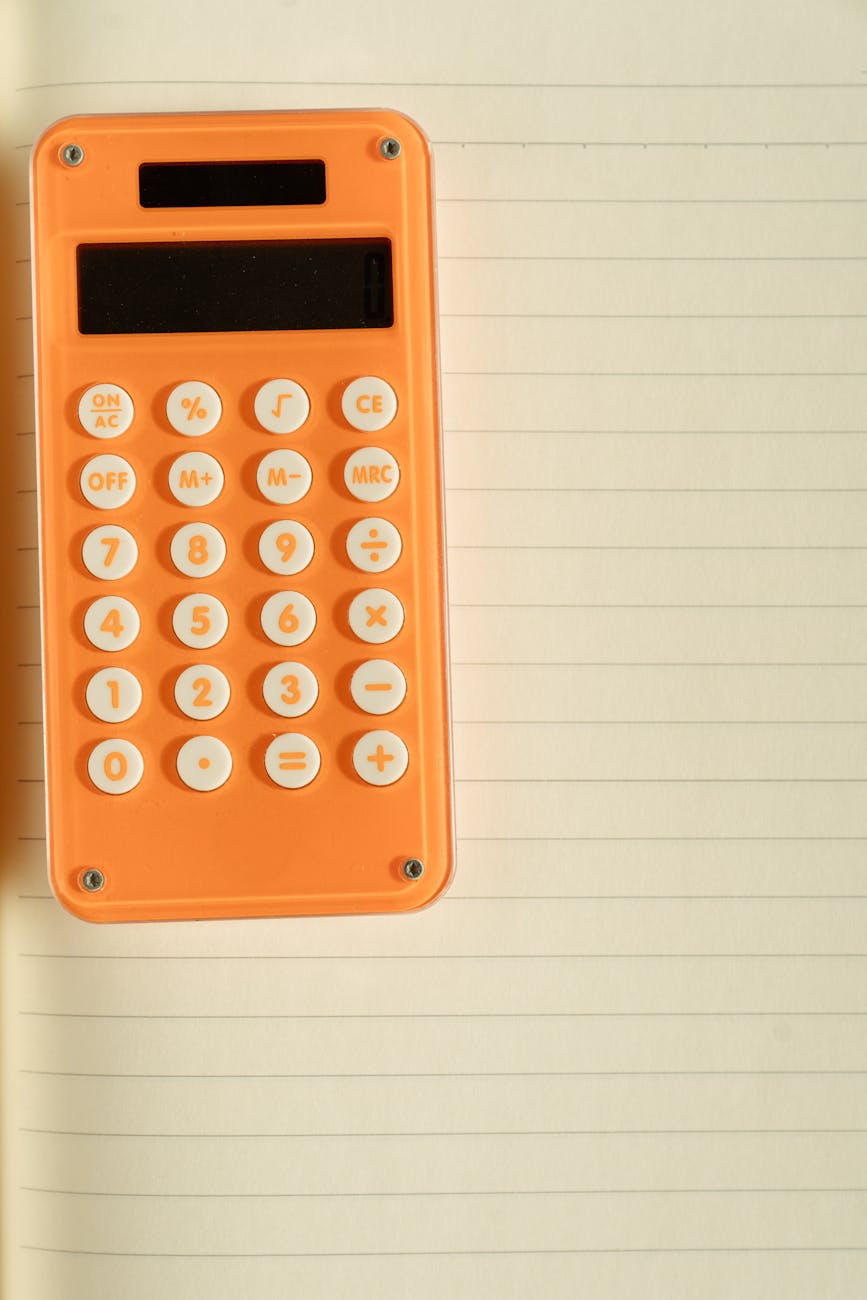Explore how simple tools can help you organize your budget, track spending, and prepare for long-term goals.
To effectively track income, expenses, and savings, many people turn to specialized digital tools. Let’s review some of the most popular platforms and how they can be useful in everyday life.
1. Mint
What it is: A free service for budgeting and tracking transactions.
Example use case:
John connects his bank accounts and credit cards to Mint. The service automatically categorizes expenses — groceries, transportation, entertainment. At the end of the month, John receives a report that shows where he can cut costs.
2. YNAB (You Need a Budget)
What it is: A budgeting tool that focuses on planning ahead.
Example use case:
Maria uses YNAB to assign every earned dollar a job. She sets a goal to save for a vacation, and the service suggests which expenses to reduce to reach her goal by the target date.
3. PocketGuard
What it is: A mobile app that shows how much money can be spent without affecting bills and savings.
Example use case:
Alex gets a notification from PocketGuard: after covering all bills and allocating savings, he has $150 left to spend freely. This helps him stay within his budget.
4. Toshl Finance
What it is: An app with a colorful design and gamified elements for expense tracking.
Example use case:
Olivia logs every purchase into Toshl and receives visual charts of her spending. The app reminds her about upcoming recurring payments, helping her avoid late fees.
5. Spendee
What it is: A platform for managing shared budgets.
Example use case:
The Peterson family uses Spendee to track their household budget. All family members see the current balance and can add expenses in real time.
💡 Conclusion: Regardless of which platform you choose, the key is to regularly update your data and analyze it. This approach enables you to make more informed financial decisions and achieve your goals.





